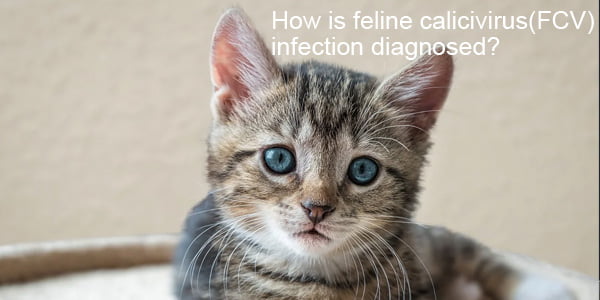Because calicivirus infection often occurs at the same time as infection with other pathogens, it is often difficult to diagnose based on clinical symptoms, so veterinarians usually use the following methods to confirm whether cats are infected with feline calicivirus:
1. Rapid test kits. Detection of FCV antigens in cat saliva, nasal swabs and conjunctival secretions based on immunochromatography is fast, accurate and easy to operate. This method is also suitable for pet owners to self-test cat secretions at home for FCV antigens. At Ringbio, we also have FCV Antigen Rapid Test kit, which can be used for this purpose.
2. PCR detection, the full name of polymerase chain reaction. Samples can be conjunctival and intraoral swabs, blood and skin abrasions, lung tissue, etc. PCR testing can also be performed on blood, stool, and urine early in the disease process. For example, FCV real time PCR kit from Ringbio.
3. Virus isolation. This is a method of growing the virus to confirm its presence. The sample can be nasal fluid, conjunctival fluid or throat swab. It is usually not detectable due to low virions in the sample. In addition, neutralizing effects of antibodies may interfere with the results.
4. Antibody test. The antibody test detects the level of antibodies in the cat’s body through Elisa technology. Although testing antibody titers can detect whether a cat is resistant to FCV, it cannot distinguish whether a cat is “currently infected” or “previously infected” or “vaccinated but has no history of infection.”

